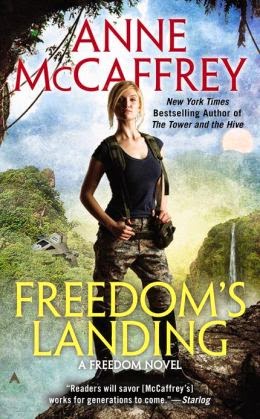Title: Mrs. Lincoln's Dressmaker: A Novel
Author: Jennifer ChiaveriniPublisher: Dutton Adult
ISBN: 0525953612
Pages: 352
Abraham Lincoln tends to get all the attention. He is an iconic leader of America during one of the most difficult eras our nation faced and is admired by many including Barack Obama who has said, "Lincoln is a president I turn to often. From time to time, I’ll walk over to the Lincoln Bedroom and reread the handwritten Gettysburg Address encased in glass, or reflect on the Emancipation Proclamation, which hangs in the Oval Office, or pull a volume of his writings from the library in search of lessons to draw."
However, like many other First Ladies, Lincoln's wife, Mary Todd Lincoln, garnered her own attention during his presidency, and frequently in negative terms. Mirroring modern times, Mary Todd was criticized for remodeling the White House, extravagant shopping trips, and her choice of attire (foreshadowing the criticisms of Nancy Reagan and Barbara Bush). Yet, there was another actor in this drama that has had little attention of the the years - Mrs. Lincoln's modiste or dressmaker, Elizabeth Keckley. Drawing on historical documents (Elizabeth's own memoir and Mary Todd's letters), Chiaverini attempts to re-create the domestic scene of the White House during Lincoln's presidency and the aftermath of his death.
Elizabeth Keckley was born into slavery, but purchased freedom for herself and her son. Moving to Washington DC to set up a business as a free, black woman was not easy, but her talent earned her praise from the DC elite and she eventually sewed for many Congressman and Senators' wives. This led her to an introduction to Mrs. Lincoln and a long-term commitment to the First Lady. Being available to Mrs. Lincoln as both dressmaker and dresser, Elizabeth was in the White House for daily events and important functions. Therefore Elizabeth became confidante and adviser to Mrs. Lincoln, and it is theorized, to President Lincoln himself. Outside of the White House, Elizabeth was active civically and concerned for the newly emancipated slaves with limited resources. Therefore she founded the Contraband Relief Association and spent much of her time volunteering and fund raising for the organization. After Lincoln's assassination, Elizabeth followed Mrs. Lincoln to Chicago for awhile, and attempted to help Mrs. Lincoln through financial difficulties. However, when Elizabeth published her memoir, hoping to defend Mrs. Lincoln from very negative publicity, their relationship was broken. Elizabeth herself endured criticism for "betraying" the confidence of a house worker and lost many clients. She become poor and moved frequently until she was offered a position at Wilberforce University as head of the Department of Sewing and Domestic Science Arts where she taught, according to the novel, until she had a stroke and returned to Washington DC to live out her life at National Home for Destitute Colored Women and Children, a benefactor of her own work through the Contraband Relief Association.
The Smithsonian wrote an article based on the play mounted about Elizabeth Keckley in spring 2013 entitled Mary T. and Lizzy K. which highlights a few dresses thought to be created by Elizabeth.
Although I have learned about the Civil War, this book sheds new light on aspects of the era that I had never thought about. Chiaverini highlights the daily life of living in a city caught between the North and the South, not only politically, but socially and physically. DC was frequently under siege or the staging point for wounded soldiers throughout the war. Keckley herself is portrayed as nearly emotionless but heroically hardworking and determined. As for the other main characters, Mrs. Lincoln is dramatic and moody whereas President Lincoln is thoughtful, stoic yet tormented by his daily decisions to send people into harm's way.















